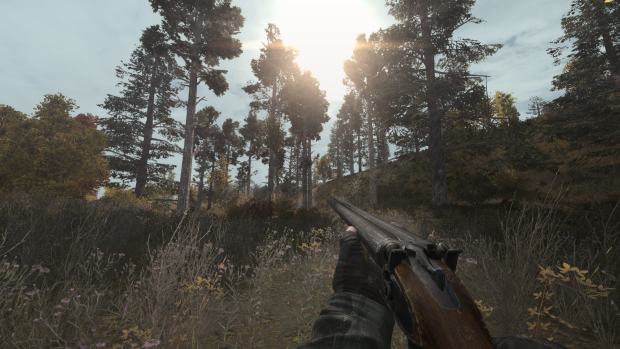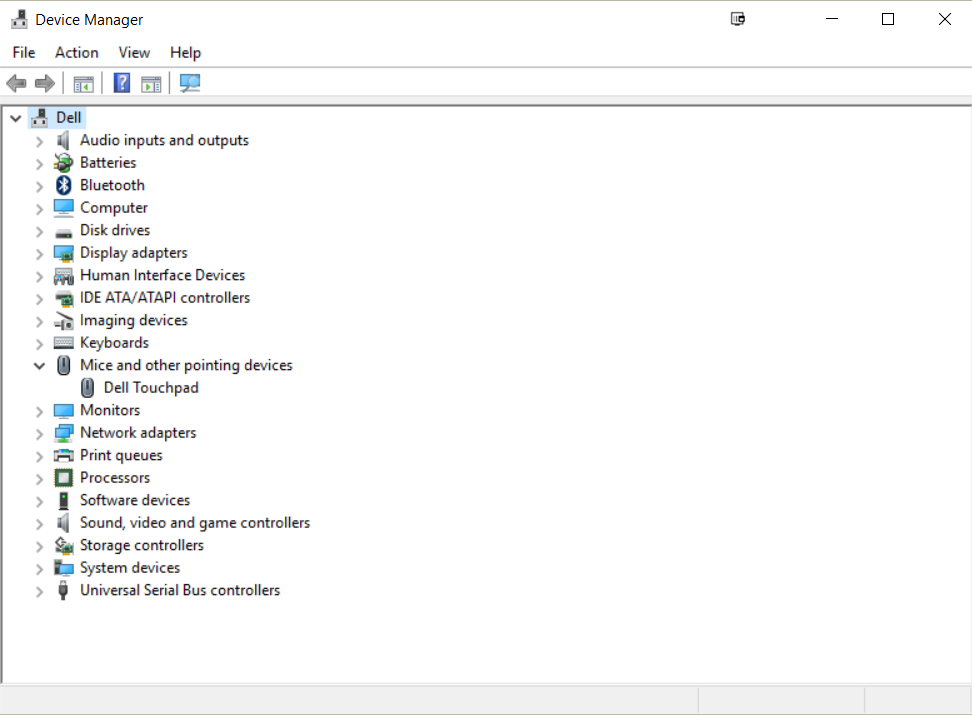
If your top image is greyscale (no color) then multiplying won't change the colors in the bottom image. If you multiply anything with white it will be unchanged.Įasy explanation: Anywhere the top image is dark, the bottom image will get dark as well. Technically: When you multiply anything with black it will become black. Then switch to Sexvilla and hit + to refresh the texture. Now would be a great time to save your image again (remember: Save As –> F_Top001_White.png).
#The klub 17 mod tutorial full#
TIP: For a full reference of using the Free Transform tool check out this link. TIP: Hold down the SHIFT key while you are scaling to keep the proportions the same. If you want to revert you can hit + to undo. When you are done, double click inside the tool to save your texture tweak. Use the Free Transform controls to scale the texture so it is smaller and fits the front piece better. The control will scale the image and the control will let you rotate it. If you hover your mouse around the edges of the tool you will see the cursor change to different symbols. There are about a billion ways to use the Free Transform tool but we only care about the basics. You should see the Free Transform control around the image.

With the cloth texture layer selected, type + or select Edit → Free Transform from the menu (in Photoshop) We'll adjust it in the next section so it fits better. The cloth texture is a bit too “zoomed in”. Double click on the layer name to edit it. Just like if you were stacking pieces of paper on top of each other. Layers that are above other layers will hide the layers below.

It has been added as a new layer above it. If you look at the layers, you can see that the cloth texture hasn't actually replaced the color texture. You should now see the jean texture instead of the color texture on the front. Type + to paste the cloth texture as a new layer. Open up the “front” group and select the “color” layer. This will select everything in the “clothtexture” image. Type CTRL+a to select all or pick Select → All from the menu (if you're using Photoshop). TIP: For lots of free fabric textures check out. In the tutorial_outfit.zip file you will find a texture called “clothtexture.jpg”. Artweaver is the simplest package and doesn't have the power or bells and whistles of the other two but is dead simple to use and performs the basics adequately.

is a medium powered alternative that needs a free plug-in to support PSD files. GIMP is the most powerful but has a bit more confusing interface than the others.

TIP: If you do not have Photoshop you can use these free alternatives that support PSD files: Artweaver, Paint.Net and GIMP. This tutorial assumes that you have a basic understanding of the Customization Editor and access to a paint program like Photoshop. If you are using a different paint program that should be fine as most modern paint programs support PSD files with layers and have similar functionality. Specifially, we will be using layers, masks, free transforms, selections, blend modes and some paint tools. While this isn't intended to be tutorial on Photoshop, we will be teaching you some useful techniques along the way that should come in handy with any kind of image editing. This tutorial will walk you through the process of building a custom outfit for your model.


 0 kommentar(er)
0 kommentar(er)
